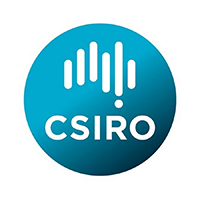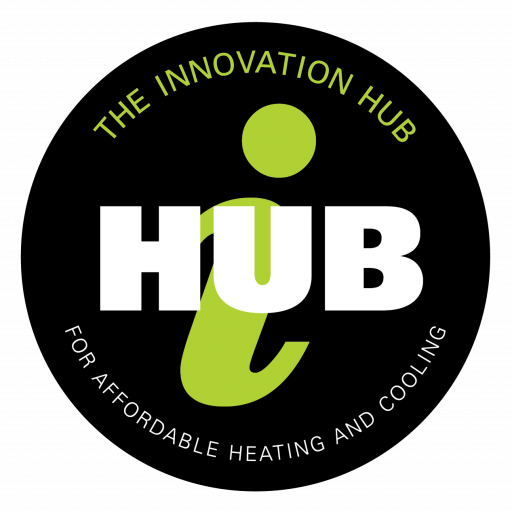Data Clearing House
About the project
Large-scale adoption of technology in buildings has resulted in availability of large volume of data on the performance of HVAC and renewable generation assets. This data can be used for predicting availability of onsite generation, effectively manage HVAC operations and support decarbonisation of buildings.
While operational data exists, application of data driven analytics for accurate predictions will still require customisation of methods/models to specific systems and assets.
This project proposes the utilisation of the VBIS asset classification open standard and link them with Data Clearing House based semantic models to demonstrate the benefits of integrated asset and building tagging systems to be used by PrediQ’s analytics solutions.
| Project title | DCH7 – Improving the accuracy of PV analytics and energy analytics in buildings using open asset standards and data platform integration |
| Project number | DCH7 |
| Project location | Melbourne |
| Lead partner | VBIS |
| Project partners | PrediQ, CSRIO |
| Project participants | City of Melbourne |
| Start date | 05/2021 |
| End date | 06/2022 |
| ARENA/i-Hub funding | $344,699 |
| Total project cost | $1,009,042 |




Need
Buildings are complex
systems with highly interdependent systems and components. With buildings
expected to play an increasing role in the future electricity market, it is
becoming more important for building owners, operators and other domain actors
(e.g. electricity network operator) to identify the impact of building
components (e.g. HVAC systems, on site generation) and enable their
participation in the electricity market. This requires consistent, standardised
representation of building details (building metadata) and their relationships
in a machine-readable way for accurate analytics implementation and insights
generation that facilitate decision making.
Action
The project partners, VBIS, PrediQ and CSIRO, will develop an integrated schema that bridges the gap in the current siloed approaches to asset meta data models used in the built environment by integrating VBIS asset classification and existing Data Clearing House semantic modelling/schema.
This will enable mass deployment of Software-as-a-Service based applications through leveraging of the integrated schema to provide a model showcasing insights from traditionally siloed data to enable building operators to learn critical information about the facility they have been tasked with operating.
Outcome
The key outcomes of
this project will be to provide:
- Improved management of building assets including onsite photovoltaic generation due to integrated asset classification and semantic modelling
- Operational efficiency improvements in service delivery achieved by the application developer due to availability of portable, mass deployable photovoltaic analytics and energy analytics applications
- Demonstrate the value of integrated asset classification and semantic modelling for delivery of photovoltaic analytics, energy analytics applications and asset performance optimisation.
Additional impact
The output of this project will lead to the development of reusable analytics applications with the ability to query a standardised building model. This will remove adoption barriers and facilitate ease of deployment across multiple siloed systems in use in different buildings across a portfolio.
Project reports
Evaluation Framework
All sub-projects within i-Hub are evaluated as part of the ongoing i-Hub project management process. Evaluation is completed by the project manager and reviewed by the Activity Leaders Group and i-Hub Steering Committee. Please click here to read the Evaluation Framework.
Created 01/07/21
